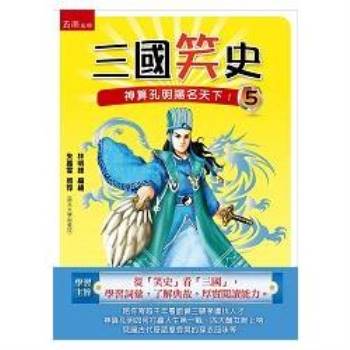| FindBook |
有 1 項符合
A Cruel Arithmetic的圖書 |
 |
A Cruel Arithmetic 作者:Craig Jones 出版社:Irwin Law 出版日期:2012-09-11 語言:英文 |
| 圖書館借閱 |
| 國家圖書館 | 全國圖書書目資訊網 | 國立公共資訊圖書館 | 電子書服務平台 | MetaCat 跨館整合查詢 |
| 臺北市立圖書館 | 新北市立圖書館 | 基隆市公共圖書館 | 桃園市立圖書館 | 新竹縣公共圖書館 |
| 苗栗縣立圖書館 | 臺中市立圖書館 | 彰化縣公共圖書館 | 南投縣文化局 | 雲林縣公共圖書館 |
| 嘉義縣圖書館 | 臺南市立圖書館 | 高雄市立圖書館 | 屏東縣公共圖書館 | 宜蘭縣公共圖書館 |
| 花蓮縣文化局 | 臺東縣文化處 |
|
|
Beginning in 2009 in Vancouver, a small team of lawyers from the federal and provincial governments, along with a handful of allied public-interest groups, set out to prove the experts wrong and to show that there were devastating harms that inevitably flowed from polygamys cruel arithmetic: harms to women and children, to society at large, and even to the very foundation of democracy itself. The case against polygamy would proceed for almost two years, and was laid out through forty-four days of trial and more than 100 witnesses. The evidence ranged from the testimony of pre-eminent academics to stark and disturbing confessions of polygamists testifying under the shield of anonymity. The eventual 357-page decision of the Chief Justice of the Supreme Court of British Columbia, based on (in his words) the most comprehensive judicial record on the subject ever produced, defied all expectations and set the world of constitutional law back on its heels.
This is a remarkable insiders story of a unique piece of litigation: the first trial-court constitutional reference in Canadian history. Craig Jones, lead counsel for the Attorney General of British Columbia, describes the argument he and his colleagues developed against polygamy, drawing from fields as diverse as anthropology, history, economics, and evolutionary psychology. Yet it was ultimately the testimony of real people that showed how the theoretical harms of polygamys cruel arithmetic played out upon its victims.
A Cruel Arithmetic describes how the authors own views evolved from scepticism to a committed belief in the campaign against polygamy. This book is also an invitation to Canadians across political, philosophical, and religious spectrums to exercise their curiousity, approach the issue with an open mind, and follow along as the evidence converges to its powerful and surprising conclusion.
|











